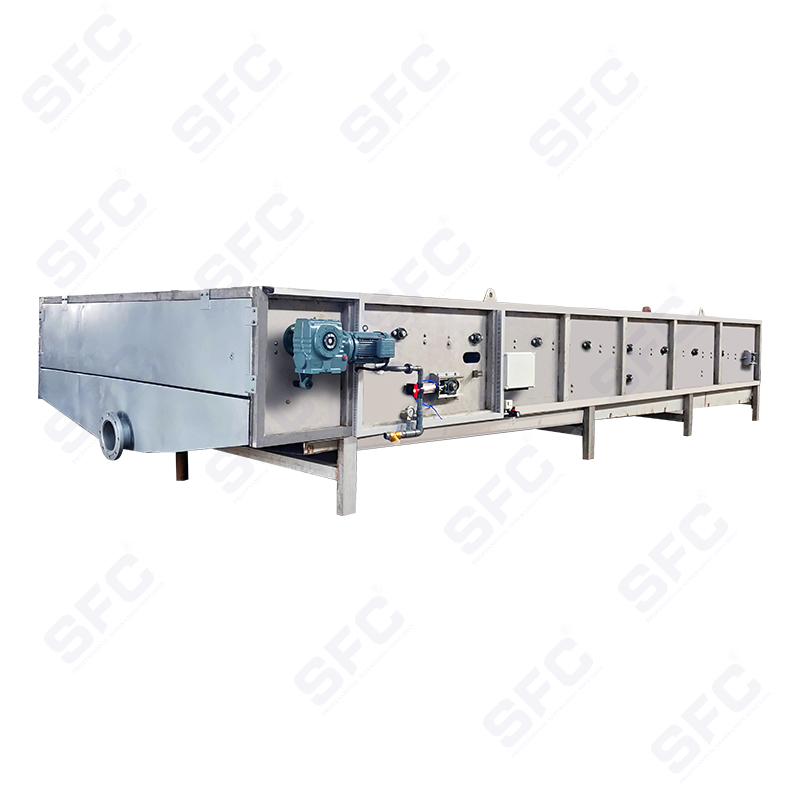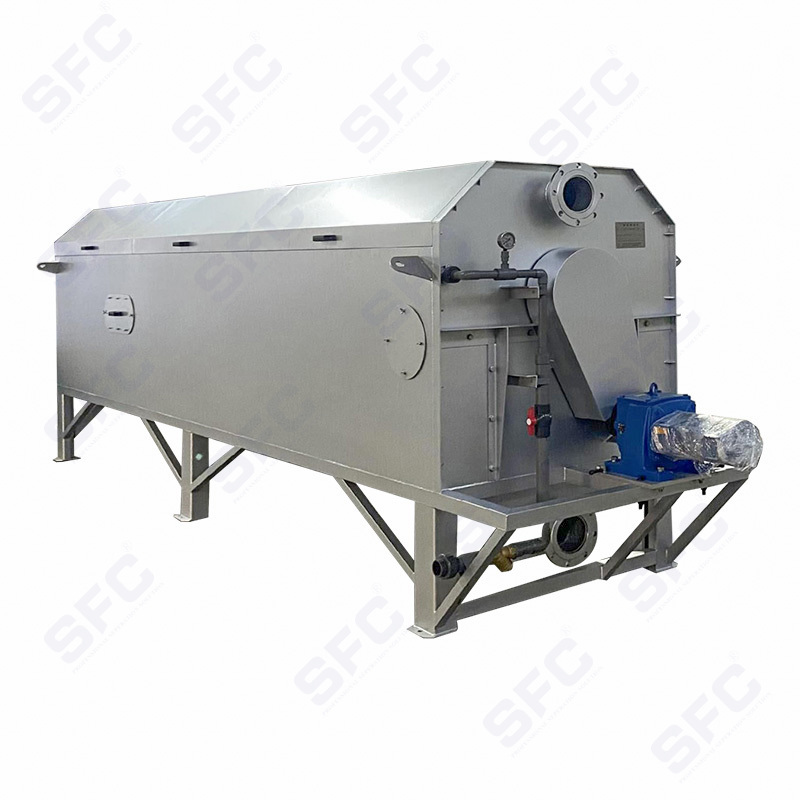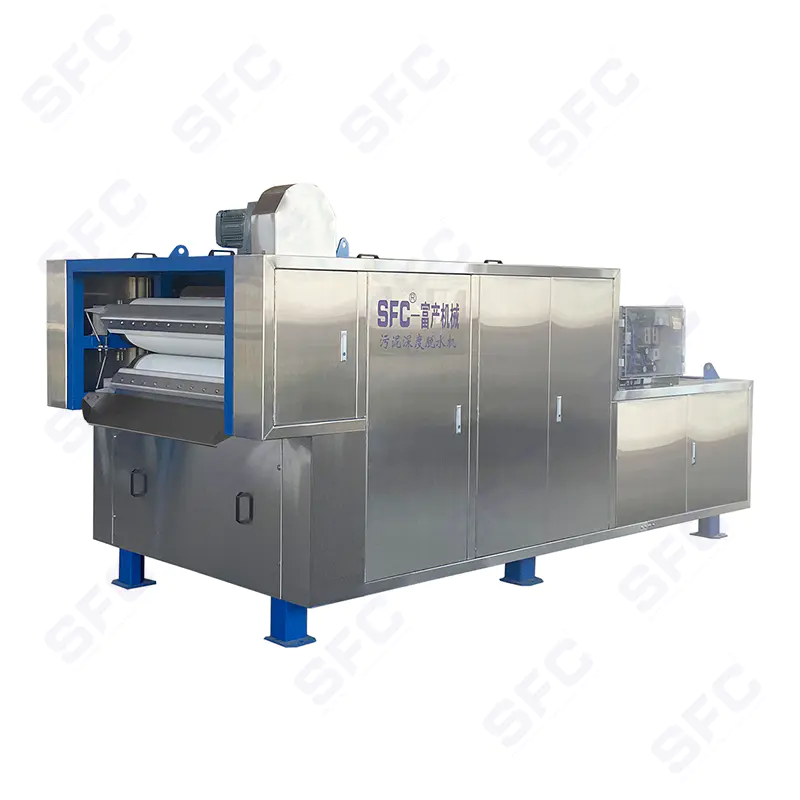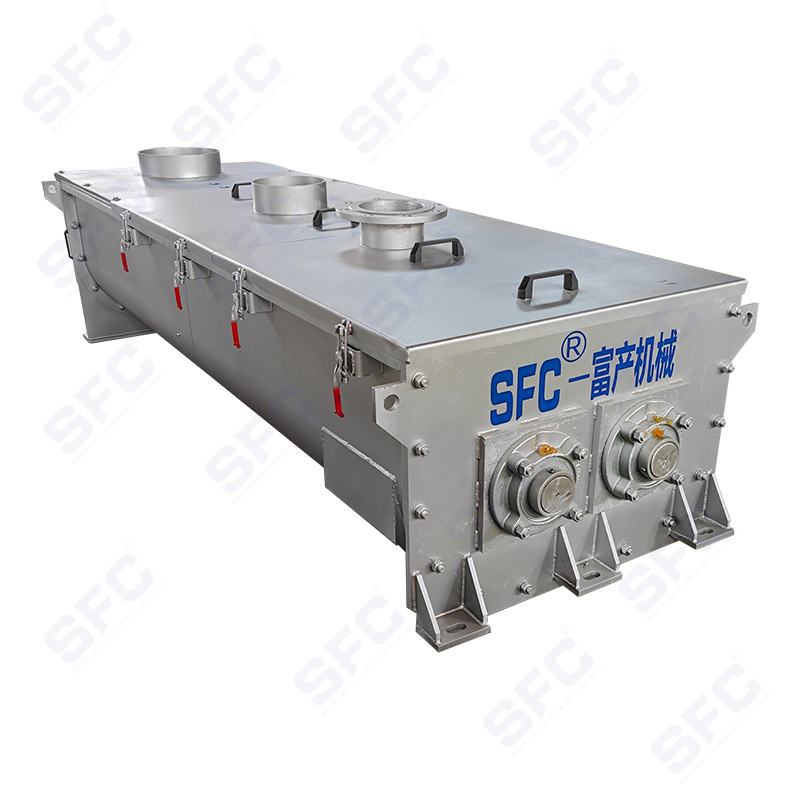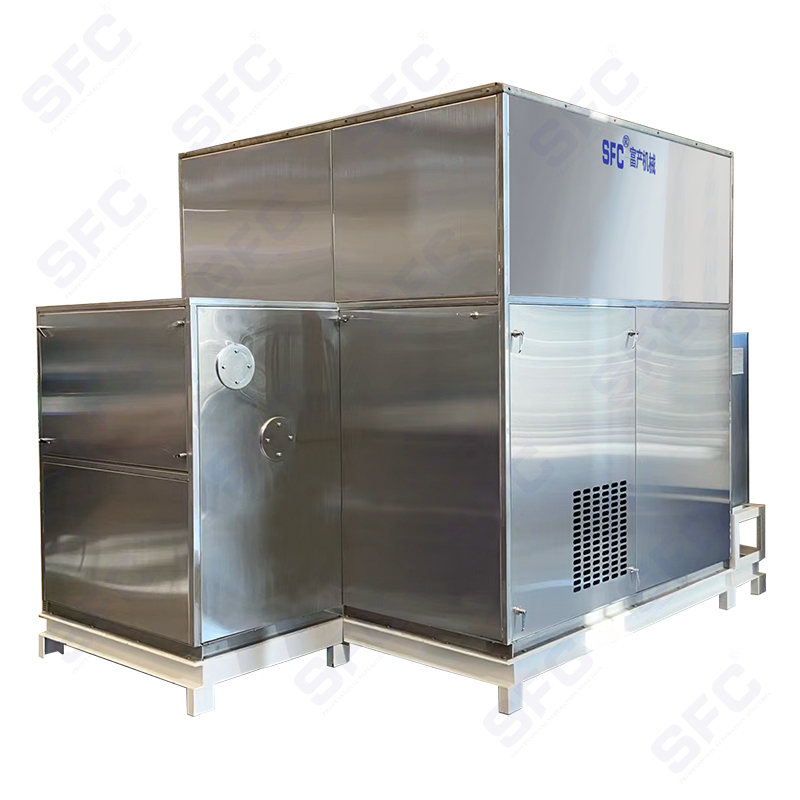How to Maintain and Clean Fine Bubble Diffusers for Optimal Performance?
Introduction to Fine Bubble Diffusers
Fine bubble diffusers are a critical component in modern water and wastewater treatment systems. By generating microbubbles, they enhance oxygen transfer efficiency, promote biological treatment processes, and reduce energy consumption compared to coarse bubble systems. However, like any mechanical and filtration equipment, their performance depends on proper maintenance and cleaning. Neglecting these tasks can lead to reduced oxygen transfer, higher energy use, and uneven aeration in treatment tanks.
Understanding Fine Bubble Diffuser Components
A typical fine bubble diffuser consists of a diffuser membrane, support plate, air distribution system, and connecting piping. Understanding these components is key to effective maintenance.
Diffuser Membrane
The membrane is responsible for producing microbubbles. It can be made of rubber, EPDM, silicone, or other polymer materials. Over time, fouling, scaling, or wear can reduce its efficiency. Regular inspection and cleaning are necessary to maintain optimal bubble formation and oxygen transfer rates.
Support Plate and Frame
The support plate ensures structural stability and proper spacing of the membrane. Corrosion, biofilm formation, or mechanical damage can affect the uniformity of aeration. Maintenance involves visual inspection and occasional cleaning to prevent clogging or uneven air distribution.
Air Distribution System
The piping network delivers air from blowers to each diffuser. Over time, sediment accumulation or scaling can restrict airflow. Checking air pressure, cleaning pipes, and removing blockages ensure consistent performance across all diffusers.
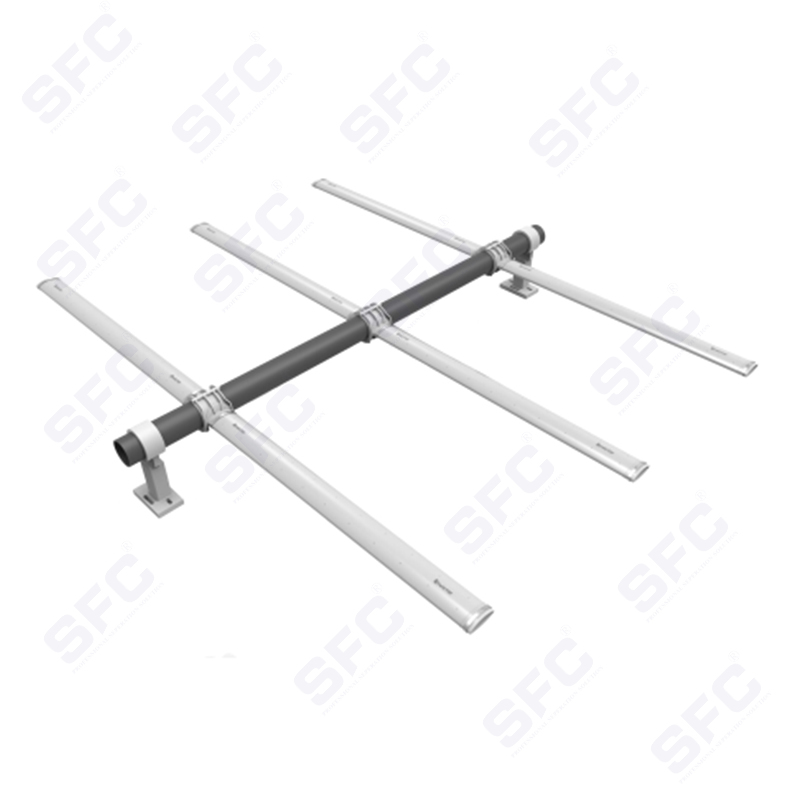
Common Issues Affecting Diffuser Performance
Several operational and environmental factors can reduce the efficiency of fine bubble diffusers. Recognizing these issues allows proactive maintenance.
- Membrane fouling by biofilm, sludge, or debris.
- Scaling from hard water minerals such as calcium or magnesium.
- Mechanical damage or wear from abrasive particles or handling.
- Airflow imbalance due to blocked or corroded pipes.
- Uneven aeration patterns leading to dead zones in tanks.
Routine Maintenance Practices
Regular maintenance is essential to prolong diffuser life and ensure high performance. Key practices include visual inspections, cleaning, performance testing, and record-keeping.
Visual Inspection
Inspect membranes, support plates, and piping regularly for signs of fouling, scaling, cracks, or leaks. Early detection allows corrective action before significant performance loss occurs.
Cleaning and Descaling
Cleaning strategies vary depending on fouling type:
- Mechanical cleaning with soft brushes or water jets for sludge or debris.
- Chemical cleaning with mild acids or descaling agents for mineral deposits.
- Avoid harsh chemicals or abrasives that could damage membranes.
Airflow and Pressure Checks
Monitoring airflow rates and pressures ensures uniform aeration. Blocked or partially clogged pipes should be cleared to restore balanced distribution. Periodic calibration of blowers and pressure gauges helps maintain optimal system performance.
Performance Testing
Dissolved oxygen (DO) measurements in tanks indicate diffuser efficiency. Areas with low DO may suggest fouling, scaling, or mechanical issues. Routine testing allows timely adjustments and targeted maintenance.
Preventive Measures to Enhance Diffuser Longevity
Preventive strategies reduce the frequency of intensive cleaning and extend the service life of diffusers.
- Regular removal of sludge and sediments from tanks to prevent fouling.
- Use of pre-treatment filters to minimize particulate and chemical deposits.
- Periodic membrane replacement based on wear indicators or manufacturer recommendations.
- Consistent monitoring of pH and water chemistry to prevent scaling.
- Scheduled inspection of support structures and connections for mechanical integrity.
Tips for Safe and Effective Maintenance
Maintenance activities must prioritize safety and operational efficiency.
- Ensure the system is depressurized before removing diffusers or opening pipes.
- Wear protective equipment when handling chemicals or cleaning agents.
- Follow manufacturer guidelines for membrane cleaning and replacement.
- Document maintenance actions and observations for future reference and troubleshooting.
Conclusion
Maintaining and cleaning fine bubble diffusers is essential for sustaining optimal oxygen transfer and treatment efficiency. By combining regular inspections, proper cleaning, preventive measures, and performance monitoring, water treatment facilities can maximize diffuser lifespan, improve energy efficiency, and ensure consistent water quality. Proactive maintenance not only enhances system performance but also reduces long-term operational costs, making it a key practice for effective wastewater management.



 English
English Español
Español
